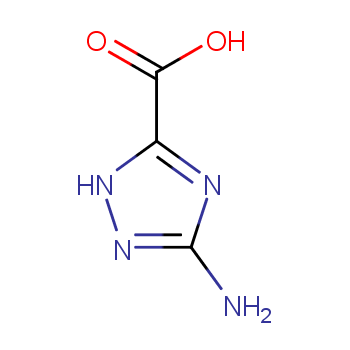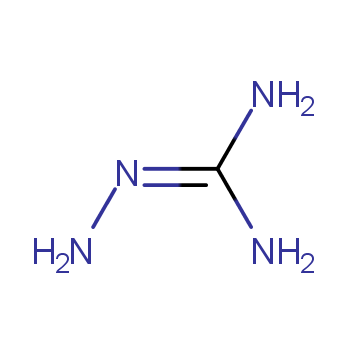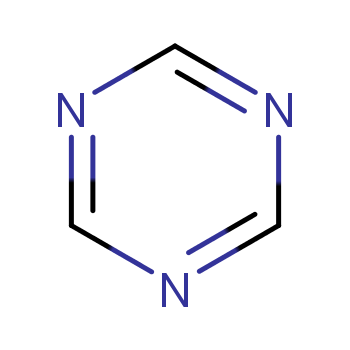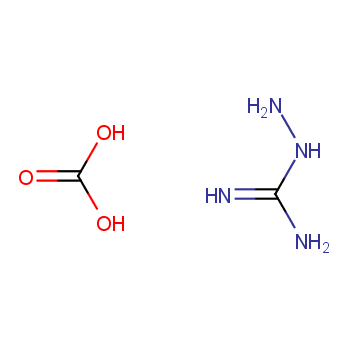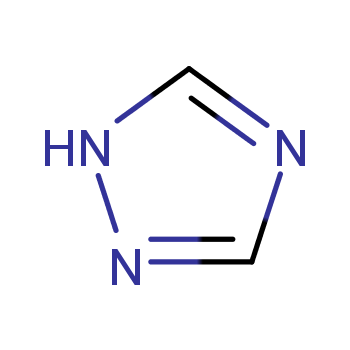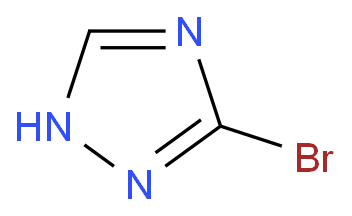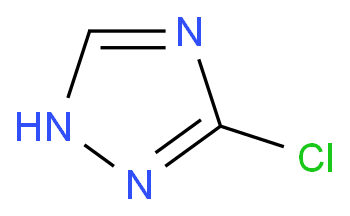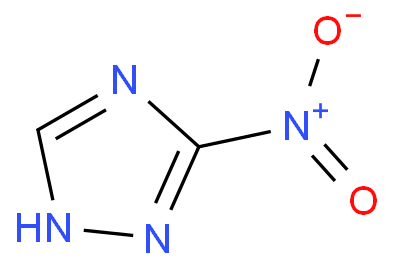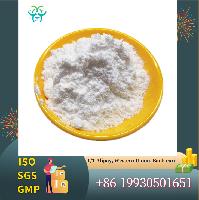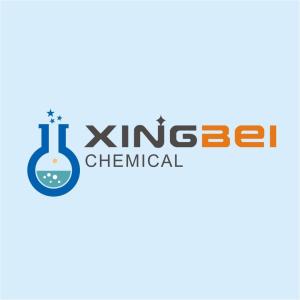NTP 10th Report on Carcinogens. IARC Cancer Review: Group 2B IMEMDT ?? IARC Monographs on the Evaluation of Carcinogenic Risk of Chemicals to Man . 7 (1987),p. 92.(World Health Organization, Internation Agency for Research on Cancer,Lyon, France.:?) (Single copies can be ordered from WHO Publications Centre U.S.A., 49 Sheridan Avenue, Albany, NY 12210) ; Human Inadequate Evidence IMEMDT ?? IARC Monographs on the Evaluation of Carcinogenic Risk of Chemicals to Man . 41 (1986),p. 293.(World Health Organization, Internation Agency for Research on Cancer,Lyon, France.:?) (Single copies can be ordered from WHO Publications Centre U.S.A., 49 Sheridan Avenue, Albany, NY 12210) ; IMEMDT ?? IARC Monographs on the Evaluation of Carcinogenic Risk of Chemicals to Man . 7 (1974),p. 31.(World Health Organization, Internation Agency for Research on Cancer,Lyon, France.:?) (Single copies can be ordered from WHO Publications Centre U.S.A., 49 Sheridan Avenue, Albany, NY 12210) ; Animal Sufficient Evidence IMEMDT ?? IARC Monographs on the Evaluation of Carcinogenic Risk of Chemicals to Man . 7 (1974),p. 31.(World Health Organization, Internation Agency for Research on Cancer,Lyon, France.:?) (Single copies can be ordered from WHO Publications Centre U.S.A., 49 Sheridan Avenue, Albany, NY 12210) ; IMEMDT ?? IARC Monographs on the Evaluation of Carcinogenic Risk of Chemicals to Man . 41 (1986),p. 293.(World Health Organization, Internation Agency for Research on Cancer,Lyon, France.:?) (Single copies can be ordered from WHO Publications Centre U.S.A., 49 Sheridan Avenue, Albany, NY 12210) . Reported in EPA TSCA Inventory. EPA Genetic Toxicology Program.

 EN
EN













